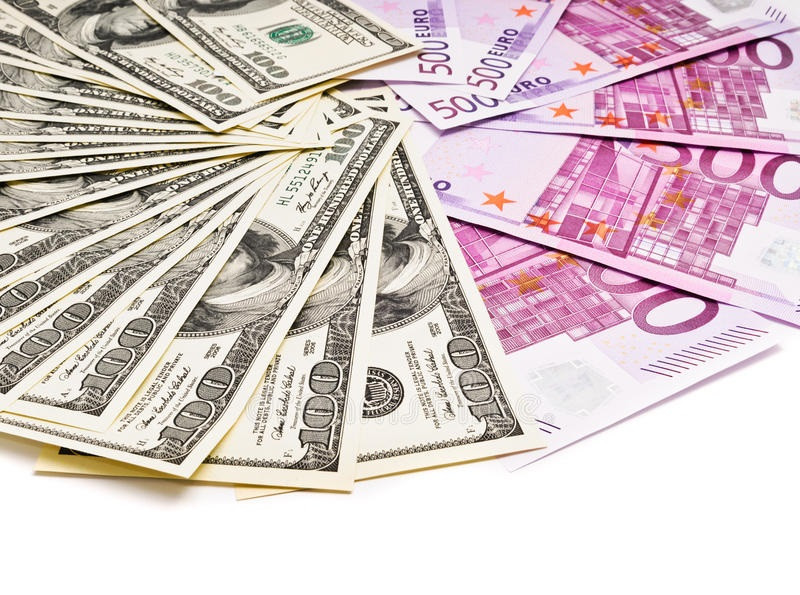
The current week for the EUR/USD pair may not be the most positive. Experts fear that the downward trend will continue, although it ended last week. In such a situation, the bears on the EUR/USD pair will benefit, expecting the current market leader, dollar, to further weaken.
According to experts, the decline of the US currency will continue over the next three months. Analysts do not exclude the continuation of this trend early next year. They also believe that the reason for such changes is the recent innovations in the Fed's policy related to targeting inflation.
Fed's updated strategy implies keeping America's interest rates at near-zero level for a long time. Based on a poll by Reuters, the current situation provokes further weakening of the US currency.
It can be recalled that the increase in interest rates has been the main driver for the dollar over the past two years. However, negative real returns are now a priority in the US, and this drives the dollar into a narrow framework, provoking its decline.
As a result of the pressure, it is gradually losing ground. Last week, the EUR/USD pair immediately slipped to two-year lows, to 1.2000, but later corrected to the level of 1.1800. Today, the EUR/USD pair was trading near the level of 1.1838-1.1839, trying to go beyond the current range.
Thus far, the euro has become the main beneficiary of the weakening dollar. The price increase of the single currency by 3.5% in the EUR/USD pair began in July this year, when the European Union approved a financial aid package in the amount of € 750 billion. The ECB believes that euro's further strengthening will cause problems with exports, so the regulator plans to reduce the price pressure. The bank, in turn, does not exclude the introduction of additional incentives to support the region's economy.
A number of economic issues related to the "pain points" of the Eurozone will be resolved at the ECB meeting on Thursday, September 10, where market participants expect an extension of the asset purchase program. According to currency strategists at National Australia Bank, the implementation of such a scenario could increase pressure on the Euro. At the same time, the dollar's weakness will increase, caused by the Fed's new monetary policy strategy and negative yields.
The ECB believes that euro's growth will have a very negative impact on exports, provoking a collapse in prices and the need for new monetary incentives. According to the ECB's Governing Council, further strengthening of the Euro against the dollar and a number of other currencies will slow down the economic recovery of the Eurozone. Nevertheless, European leaders will try to prevent such a development and find the best solution to this problem by discussing it at the upcoming meeting.
Awaiting the ECB's decision, the euro is in uncertainty. Its price can swing in any direction, and this keeps the market in tension. According to one of the representatives of the ECB Council, excessive growth of the single currency in conditions of low demand poses a threat to the European economy. In this regard, the regulator will have to revise the current strategy.
Experts also expect the ECB to lower its inflation forecast for 2022 to 1.1-1.2% from the current 1.3%. The updated calculations will consider the deflationary impact of the appreciation of the euro on imports. According to Frederik Ducrozet, currency strategist at Pictet Wealth Management, the euro will become one of the drivers of low inflation in the short-term.
He also said that a further change in the inflation forecast below the target level of 2% will increase pressure on the ECB, and then the regulator will have to return to increasing monetary stimulus. It should be noted that the ECB has not been able to reach the inflation target for more than ten years, and this creates significant risks for the European economy.
Experts said that the regulator may expand the emergency bond purchase program for an additional € 500 billion. However, Ducrozet emphasized that this will not necessarily happen at the next meeting. Besides the above, there are other ways to support the EU economy. According to Christian Keller, head of economic research at Barclays, the most effective of these may be cutting interest rates. However, there is an important nuance here: the rate on deposits is now at an extremely low level of -0.5%, so the ECB will not take this step.
According to analysts' calculations, bearish mood for the EUR/USD pair will prevail in the near future, which may last in 2021, when it becomes clear how much the dollar has weakened and the euro has strengthened. At the same time, experts expect to maintain a balance in a pair and moderate competition between both currencies.
 English
English 
 Русский
Русский Bahasa Indonesia
Bahasa Indonesia Bahasa Malay
Bahasa Malay ไทย
ไทย Español
Español Deutsch
Deutsch Български
Български Français
Français Tiếng Việt
Tiếng Việt 中文
中文 বাংলা
বাংলা हिन्दी
हिन्दी Čeština
Čeština Українська
Українська Română
Română

